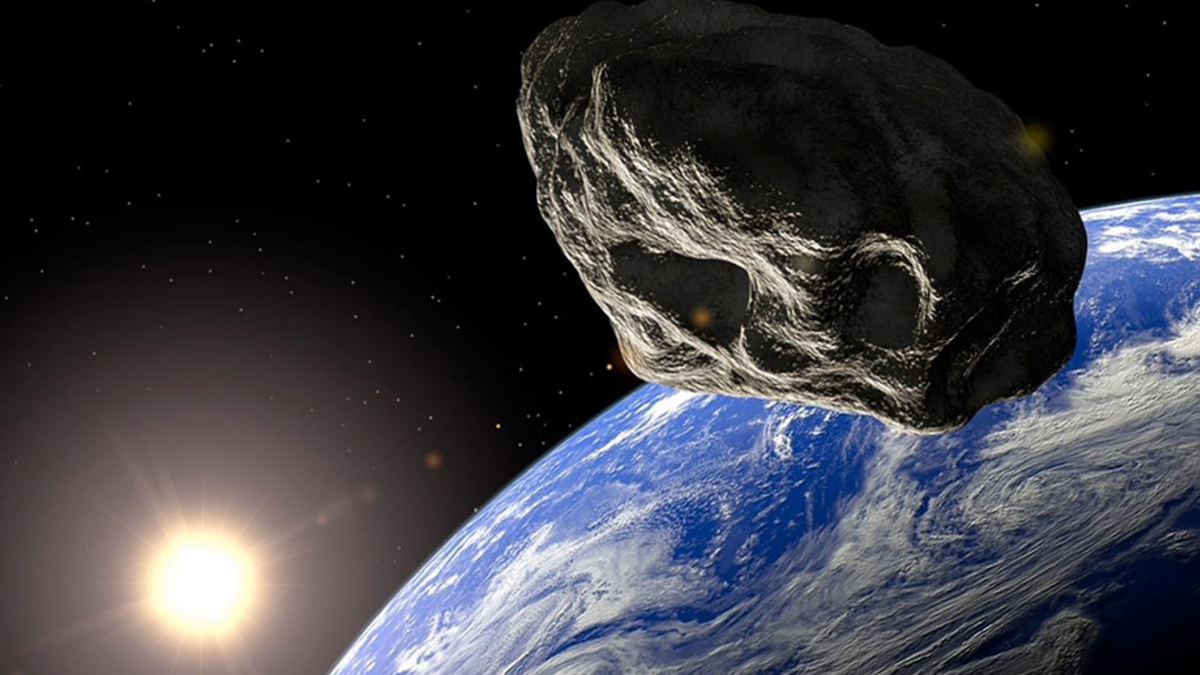A group of scientists revealed that a Huge meteorite first found in 2014 generated the largest tsunami on record and caused the oceans to boil. According to the researchers, this impact occurred ago 3 billion yearswhen the Earth was in its first stages of formation. The space rock, of colossal proportions, was 200 times larger than the meteorite responsible for the extinction of the dinosaurs.
With a mission to better understand this phenomenon, researchers headed to the impact site in South Africa, where they took rock samples. Armed with tools, the team was able to discover that massive meteorite impacts not only brought devastation, but, paradoxically, fueled life in its most primitive forms.
“We know that in the initial stage of the Earth there were remains of asteroids that frequently collided with it,” explained the Professor Nadja Drabon, from Harvard University and leader of the study. “But what we have identified is that life not only withstood these shocks, but managed to prosper and evolve from them”.
meteorite-fall.jpg
The meteorite measured between 40 and 60 kilometers wide and had a mass up to 200 times greater than the one responsible for the extinction of the dinosaurs.
The impact of the S2 meteorite
The meteorite named S2 was much larger than the one known to have wiped out the dinosaurs 66 million years ago, which was around 10 kilometers in diameter. Instead, S2 measured between 40 and 60 kilometers wide and had a mass up to 200 times greater. This gigantic impact occurred when the planet only had a few continents and was covered mainly by oceans, inhabited only by single-celled microorganisms.
The crash site, known as Eastern Barberton Greenbelt, is one of the oldest sites on the planet that preserves remains of a meteorite impact. Drabon and his team made three expeditions to the area, traveling long distances in vehicles before heading into the mountains with their backpacks.
During the expeditions, researchers searched for spherules, tiny rock particles, and collected several hundred kilograms of material for laboratory analysis. The results indicated that the S2 created a crater 500 kilometers in diameter and pulverized rocks, launching them at high speed, generating a cloud of molten rock that covered the planet.
“Imagine a rain cloud, but instead of water, drops of molten rock falling from the sky,” Drabon described. Following the impact, a gigantic tsunami swept across the Earth, destroying the ocean floor and causing severe coastal flooding. The energy of the impact was such that it raised air temperatures and caused tens of meters of water to evaporate from the oceans.
Long-term effects and life recovery
The sky became covered in dust and particles, blocking sunlight and affecting life that depended on photosynthesis. However, scientists discovered that these catastrophic events also had a positive effect on primitive life. The samples indicated that the agitation of nutrients, such as phosphorus and iron, after the impact helped feed the first organisms.
“The impact acted as a fertilizer that dispersed elements essential for life throughout the planet ”Drabon stated. Additionally, the tsunami would have brought iron-rich water to the surface, providing additional energy to primitive microbes.
According to the researchers, The new findings reinforce the idea that the violent succession of meteorite impacts in the early years of Earth created favorable conditions for the emergence of life. The results of the study were published in the scientific journal PNAS, opening a new perspective on the role of asteroids in the early evolution of our planet.
Source: Ambito
I am a 24-year-old writer and journalist who has been working in the news industry for the past two years. I write primarily about market news, so if you’re looking for insights into what’s going on in the stock market or economic indicators, you’ve come to the right place. I also dabble in writing articles on lifestyle trends and pop culture news.




